 WHY WE AVOID IT:
WHY WE AVOID IT:
Tripe is the stomach lining of sheep![]() 🐑, goats
🐑, goats![]() 🐐, pig
🐐, pig![]() 🐖 or deer
🐖 or deer![]() 🦌. In the case of beef
🦌. In the case of beef![]() 🐂, it’s the first three portions of the cow’s stomach. The thought of eating another being’s stomach is enough to turn your stomach.
🐂, it’s the first three portions of the cow’s stomach. The thought of eating another being’s stomach is enough to turn your stomach.
WHY WE SHOULD EAT IT:
Like other organ meats, tripe is a more concentrated source of nutrients compared to muscle meat![]() 🥩. It provides a heavy dose of B vitamins like B1, B2, B6, folic acid and B12; fat-soluble vitamins like A, D, E, and K; minerals like phosphorus, sodium, selenium, zinc and manganese; and essential fatty acids, including arachidonic acid and the omega-3 fats EPA and DHA. Tripe may sound gross, but it forms part of some great-tasting dishes from countries such as France
🥩. It provides a heavy dose of B vitamins like B1, B2, B6, folic acid and B12; fat-soluble vitamins like A, D, E, and K; minerals like phosphorus, sodium, selenium, zinc and manganese; and essential fatty acids, including arachidonic acid and the omega-3 fats EPA and DHA. Tripe may sound gross, but it forms part of some great-tasting dishes from countries such as France![]() 🇫🇷, Italy
🇫🇷, Italy![]() 🇮🇹, Spain, Portugal
🇮🇹, Spain, Portugal![]() 🇵🇹, Hungary
🇵🇹, Hungary![]() 🇭🇺, Bulgaria
🇭🇺, Bulgaria![]() 🇧🇬 and the Arab countries. In Britain
🇧🇬 and the Arab countries. In Britain![]() 🏴, tripe was very popular from the late Victorian times to the 1950s. The French recipe, tripe à la mode de Caen, for example, was William the Conqueror’s favorite dish.
🏴, tripe was very popular from the late Victorian times to the 1950s. The French recipe, tripe à la mode de Caen, for example, was William the Conqueror’s favorite dish.
⠀⠀⠀⠀⠀⠀⠀⠀⠀
The Scottish![]() 🏴 favorite, haggis, is made from the sheep’s stomach
🏴 favorite, haggis, is made from the sheep’s stomach ![]() 🐑or paunch, which makes a convenient bag in which to pack the other ingredients. Fresh tripe sold in grocery stores is off-white in color, thoroughly cleaned, with the extra fat removed. Make sure to boil the hell out of it, though — like two or three hours — because it has a rubbery texture, and if it’s not thoroughly cooked, can give your jaw muscles an unforgettable workout.
🐑or paunch, which makes a convenient bag in which to pack the other ingredients. Fresh tripe sold in grocery stores is off-white in color, thoroughly cleaned, with the extra fat removed. Make sure to boil the hell out of it, though — like two or three hours — because it has a rubbery texture, and if it’s not thoroughly cooked, can give your jaw muscles an unforgettable workout.










